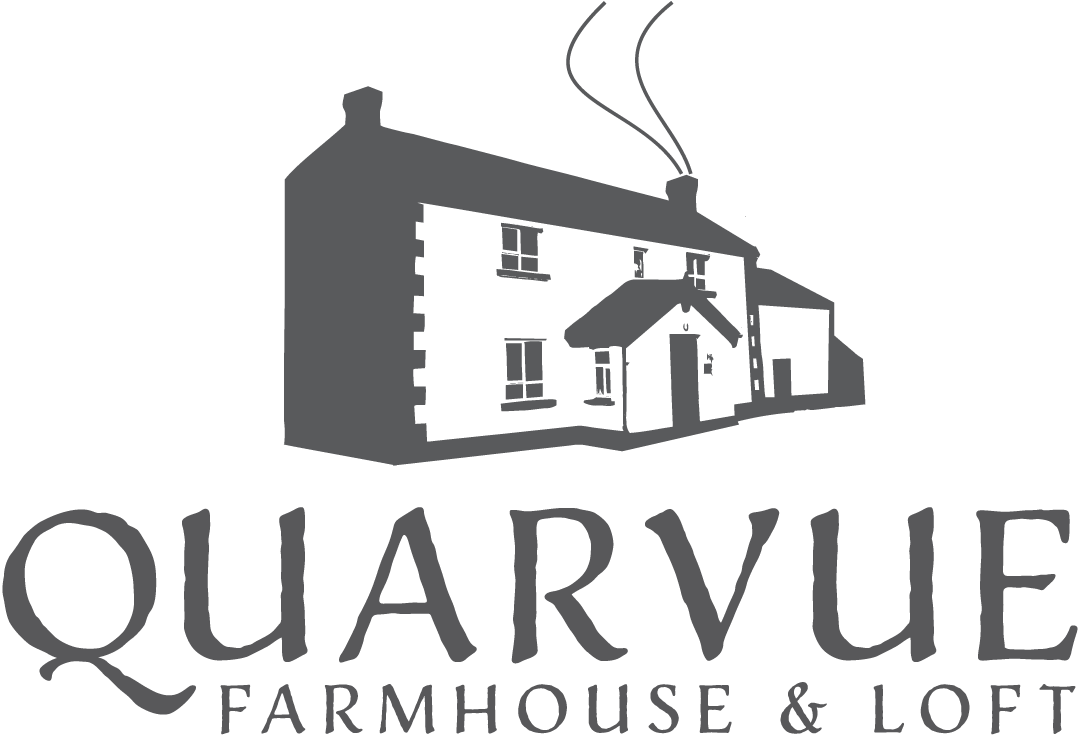 ‘Cill na Saggart’ means the ‘church of the priest’. Standing at almost 2m tall, Kilnassagart Inscribed Stone is regarded as being one of the oldest inscribed stones in Ireland.
‘Cill na Saggart’ means the ‘church of the priest’. Standing at almost 2m tall, Kilnassagart Inscribed Stone is regarded as being one of the oldest inscribed stones in Ireland.
It has a total of 13 crosses on its faces and the inscription, ‘This place, bequeathed by Ternoc, son of Ceran Bic, under the patronage of Peter, the Apostle.’ Ternoc’s death was recorded around 714. Excavations at the site in 1966 and 1968 revealed an early Christian graveyard with graves oriented radially around the pillar and facing towards the rising sun.
Local tradition says there was a monastery here suppressed in the regime of Henry VIII. There is no trace of it, but it is believed that all the monastery stone was removed to build Moyra Castle in 1601, which is why it was possible to build the fort in just two weeks. There is some evidence of a cemetery.
The inscription dated to the early 8th century does not tell us the age of the stone, contrary to what many websites say; single standing stones of this type are known to have been erected from about 4000BC and MOST are dated earlier than 1500BC but some were erected later. We can just note that this one stands close to the Gap of the North, a boundary since ancient times, and beside An Slí Miodluachra, the old road from Tara to the north.
 Dungooley Castle ruins 1747
Dungooley Castle ruins 1747
In 1912 historian Francis Carolan, a curate in Faughart parish, wrote of an interview in 1901 with 75-year-old Patrick Curtis who had heard from his father that there had been a castle at Dungooley Cross, in the north-west angle of the cross where a large, old stone farmhouse now stands. The following year he interviewed 84-year-old Denis Shiels whose family had lived at the cross for at least four generations. He remembered seeing the ruins as a boy about the time of Catholic Emancipation (1829). He remembered James Fenton of Forkill carrying off the stones of the castle to build a tuck mill on the Tully Water a few hundred meters to the south. He said an excise officer named Edmundson married Fenton’s daughter and suceeded to the property. A daughter of that marriage married William Murdoch (presumably of Carrickasticken) and their son William owned the mill at the time of writing. The tuck mill was used in the woollen industry to improve the quality of the woven fabric by repeatedly combing it, producing a warm worsted fabric.
It is not clear whether this castle belonged to the Dungannon O’Neills rather than their cousins, the O’Neills of the Fews, whose stronghold was not far away at Glasdrummond Lake.
There is a story – unsourced – that the Flight of the Earls began here. Hugh O’Neill was on his way to Dublin in 1607 and dropped in on his old friend Sir Garrett Moore at Mellifont, where he had surrendered four years earlier. A rider caught up with him and told him to turn back: that vital news was awaiting him at Dungooly. There he learned of Chichester’s plot to arrest him and lodge him in the Tower of London or execute him. According to the story, O’Neill rode by Carrive Grove and Silverbridge and the old road through Dorsey, over the Black Bank and skirting well west of Armagh to Benburb.


One thought on “Kilnasagart Stone, Dungooley Castle”
Hi, Can you make reference to the unsourced reference to the beginning of the flight of the earls at dungooley castle. Is it local lore or can it be referenced. I’m currently writing a paper on the Sheils family , also of the same article that references Curtis. Would it be local lore ?. It’s fascinating as the family played major roles in 1916 and 1922. I’m looking at bardic and historic local history. It’s not something I’ve read before or had reference to.
Thanks Linda